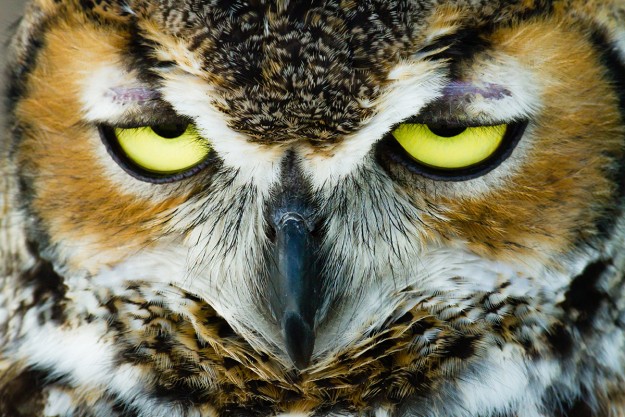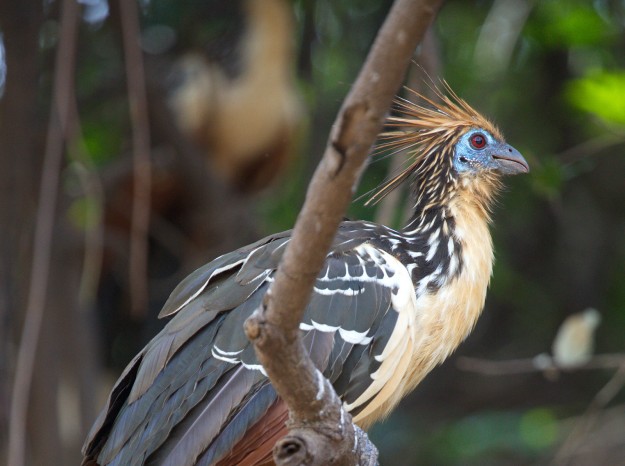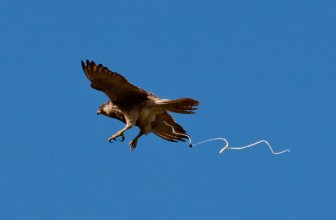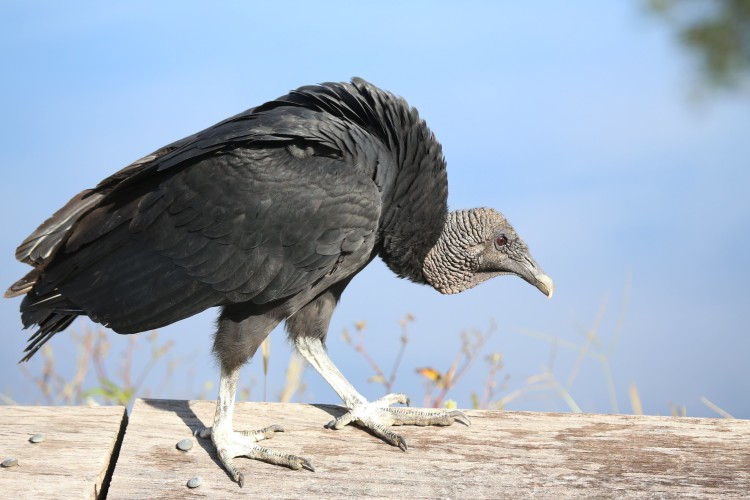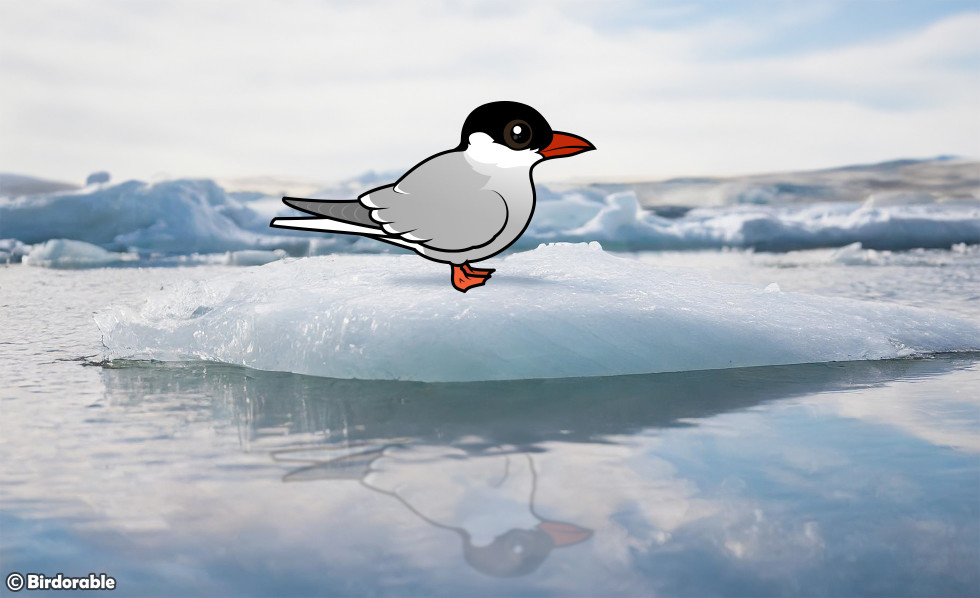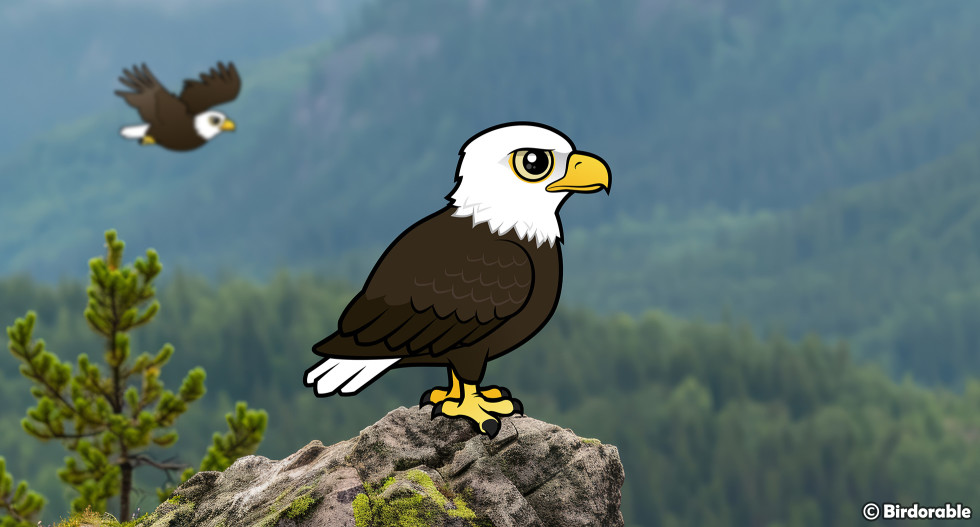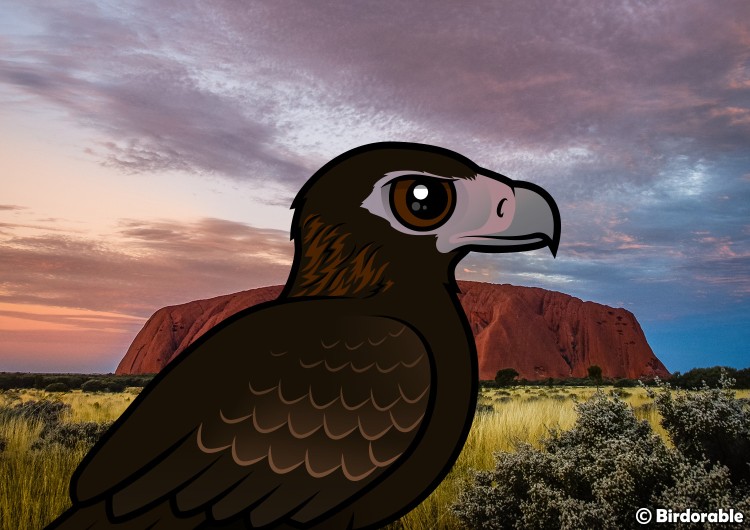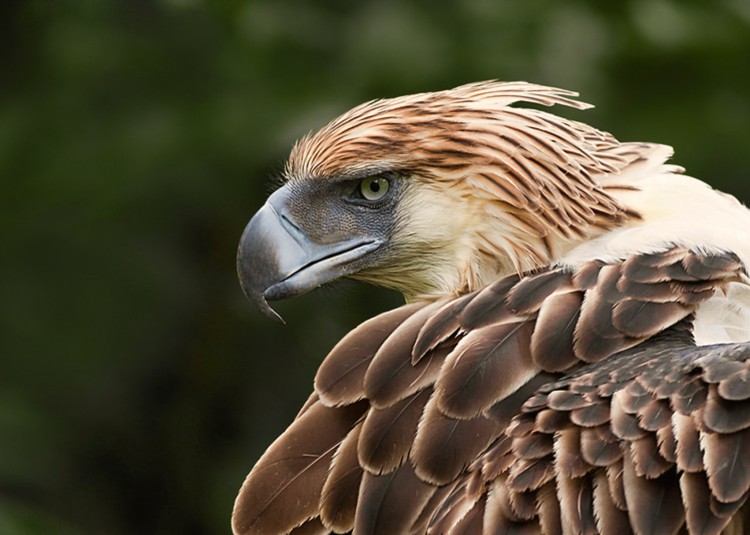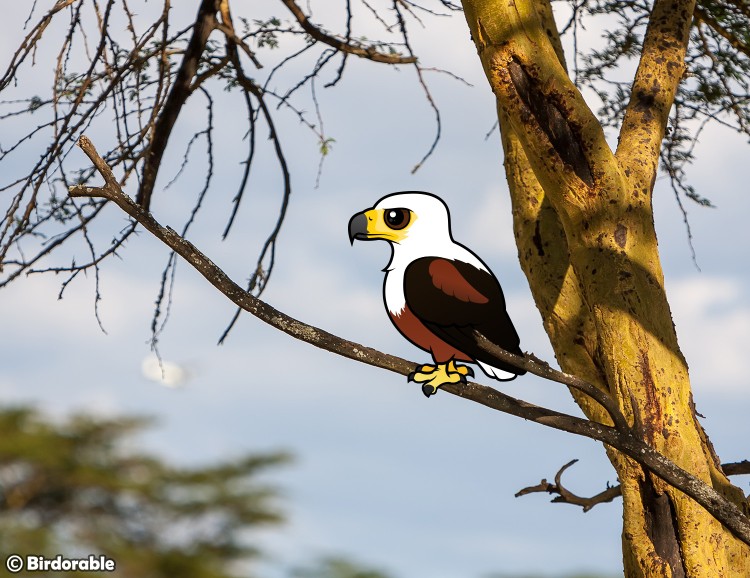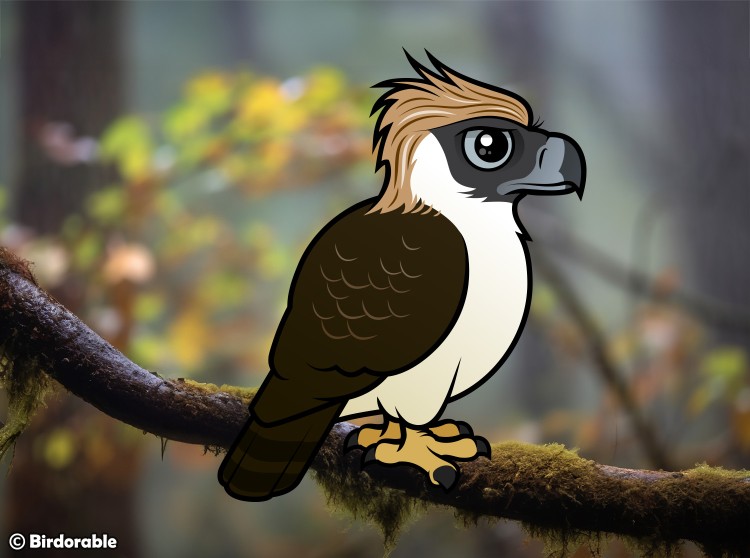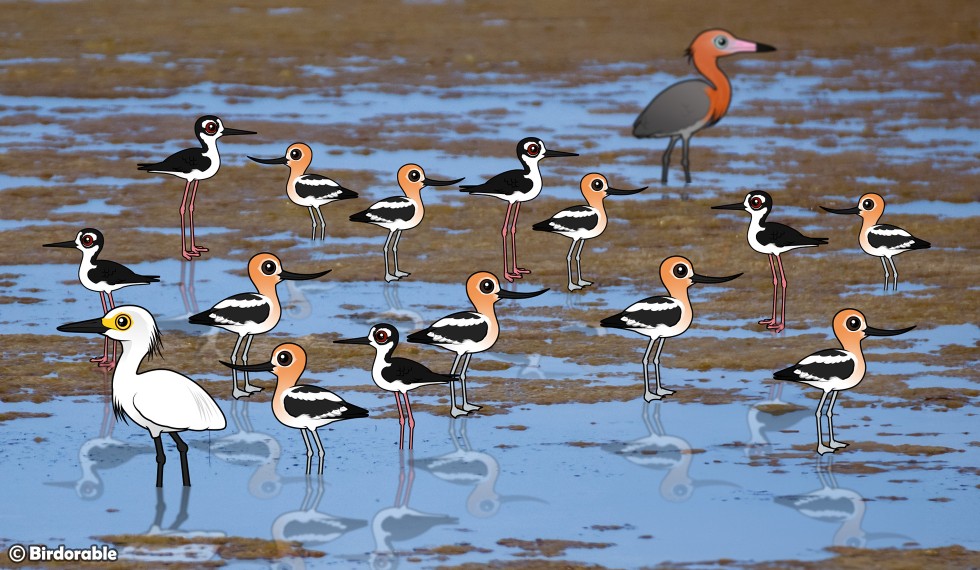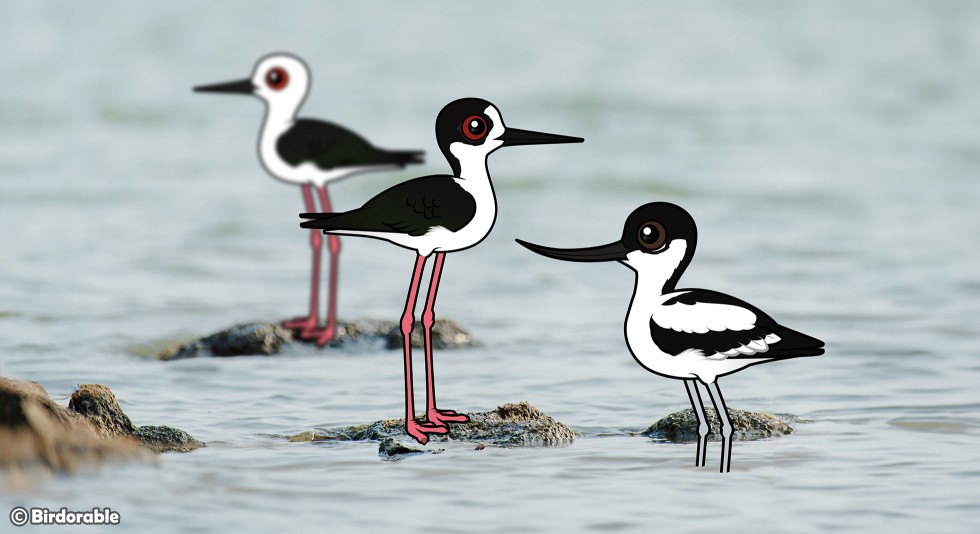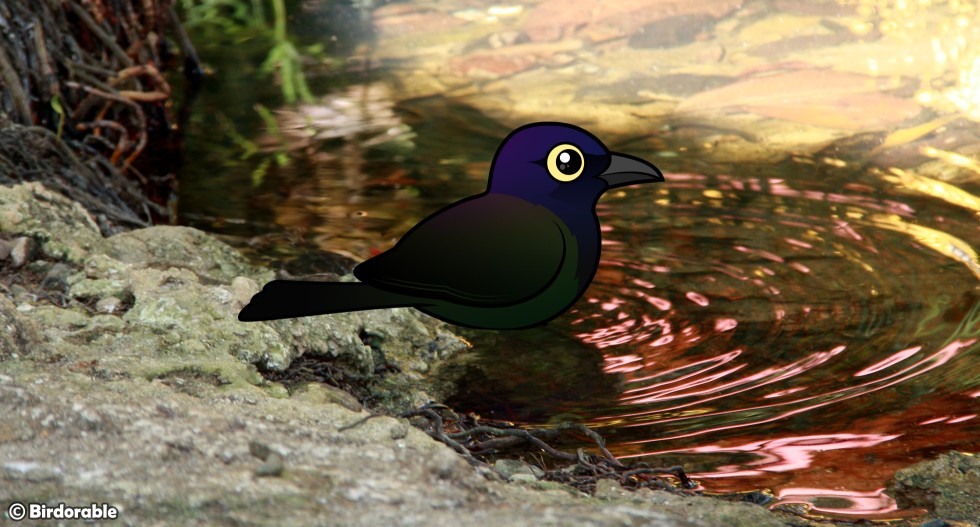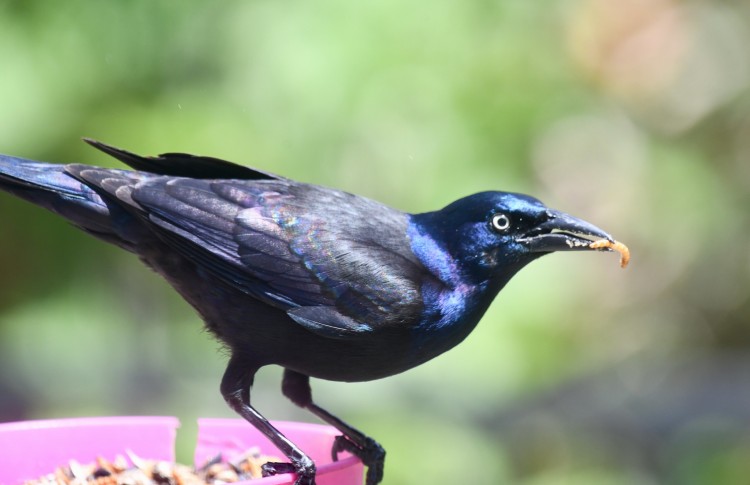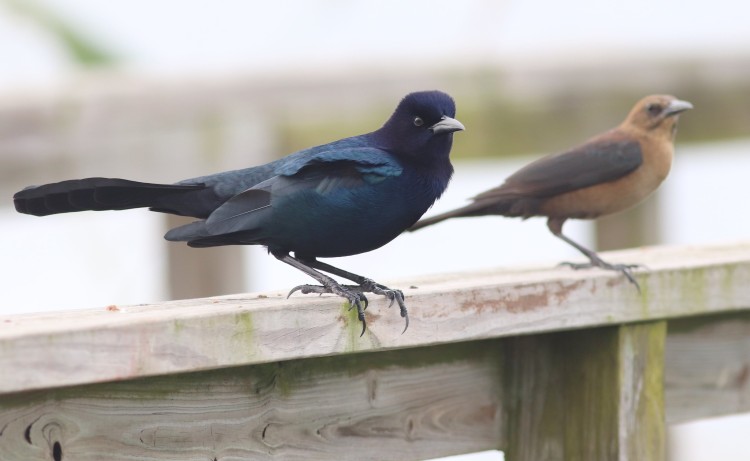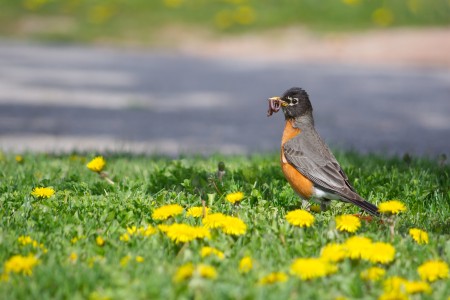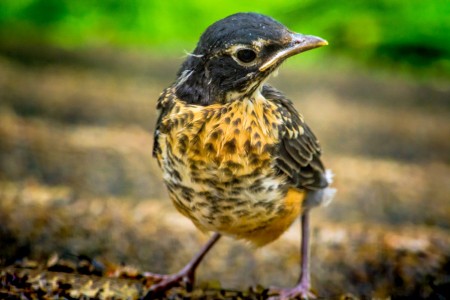Father's Day is a special day meant to honor the dedication, love, and hard work of fathers and father figures across the globe. While we celebrate the human dads in our lives, it's a perfect time to also recognize the incredible fathers in the animal kingdom, particularly among birds. Bird dads come in all shapes and sizes, each with unique and fascinating parenting roles that highlight their dedication to nurturing and protecting their offspring.
Father's Day will be celebrated on Sunday, June 15, 2025. If you haven't already, you still have time to find something special for your pop. If dad likes birds, be sure to check out our Birdorable Amazon shop, where items ship fast and free with Amazon Prime.
Father's Day Gift Ideas from Birdorable's Amazon Shop
We've previously highlighted amazing avian dads in both Fun Avian Dad Facts for Father's Day and More Fun Avian Dad Facts for Father's Day. As dad's big day approaches again this year, let's take a look at some more fun facts about feathered fathers.
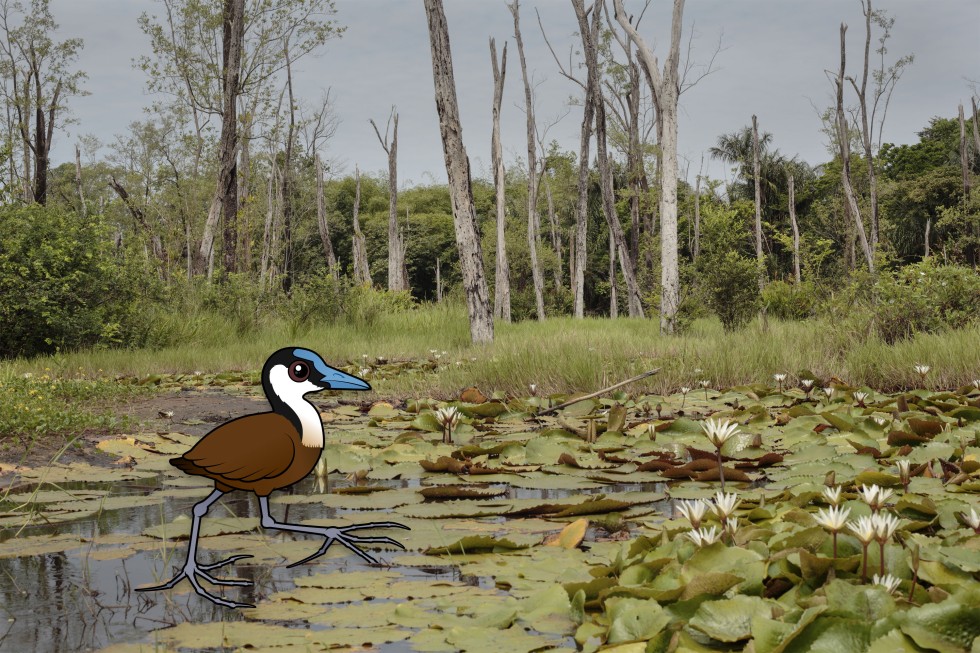
Native to Central and South America, the male Sungrebe is unique among birds for having specialized pouches under his wings to carry his chicks. After hatching, he places his altricial chicks into these pouches, keeping them safe and warm while he forages. He will even carry the young when swimming, and flying! This remarkable adaptation allows him to transport and protect his young until they are ready to fend for themselves.
The African Jacana is a standout dad in the bird world. In this species, females are polyandrous—one female mates with multiple males—while the males take on virtually all of the parental responsibilities. After the female lays her eggs in the nest built mostly by the male, he incubates the eggs and raises the chicks entirely on his own. Using his long toes to carefully walk across lily pads and floating vegetation, he protects and feeds his young in freshwater wetlands across sub-Saharan Africa. If danger threatens, he can even tuck the chicks under his wings and carry them to safety, legs dangling comically from beneath his body.
Defying typical bird gender roles, the female Wilson's Phalarope is the more colorful of the sexes; she leaves incubation duties to the male. He develops a brood patch and is the only one to incubate the eggs and care for the chicks, often continuing to feed and protect them for weeks after they leave the nest.
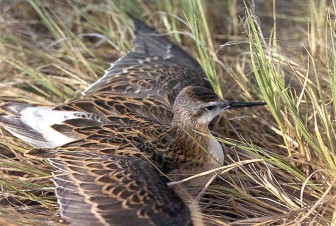
Wilson's Phalarope father distracting nest predator by feigning injury by USFWS [CC BY 2.0]
Found in the southeastern United States, some Brown-headed Nuthatches exhibit cooperative breeding. Male offspring from previous broods often assist their parents in raising new chicks, feeding and defending the nest. These helpers act as father figures by helping in several aspects of raising young, from territory defense to nest-building, and feeding of chicks. Having a team of uncles like these can enhance the survival rate of the young.
These bird dads (and father-figure uncles) showcase the diverse and remarkable ways male birds contribute to raising their young. Their dedication and care are truly something to celebrate this Father’s Day.











